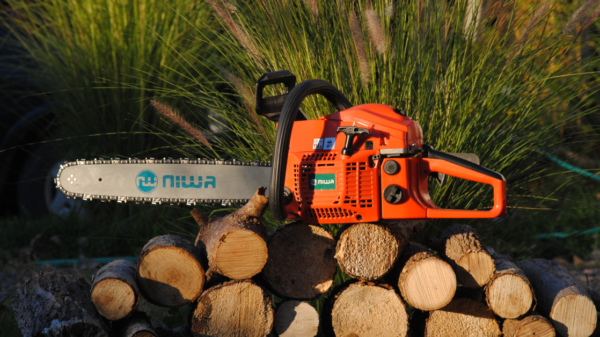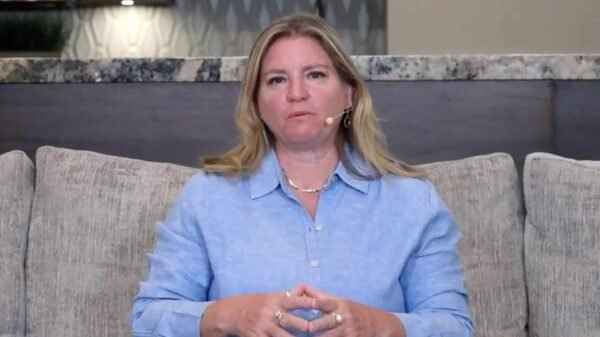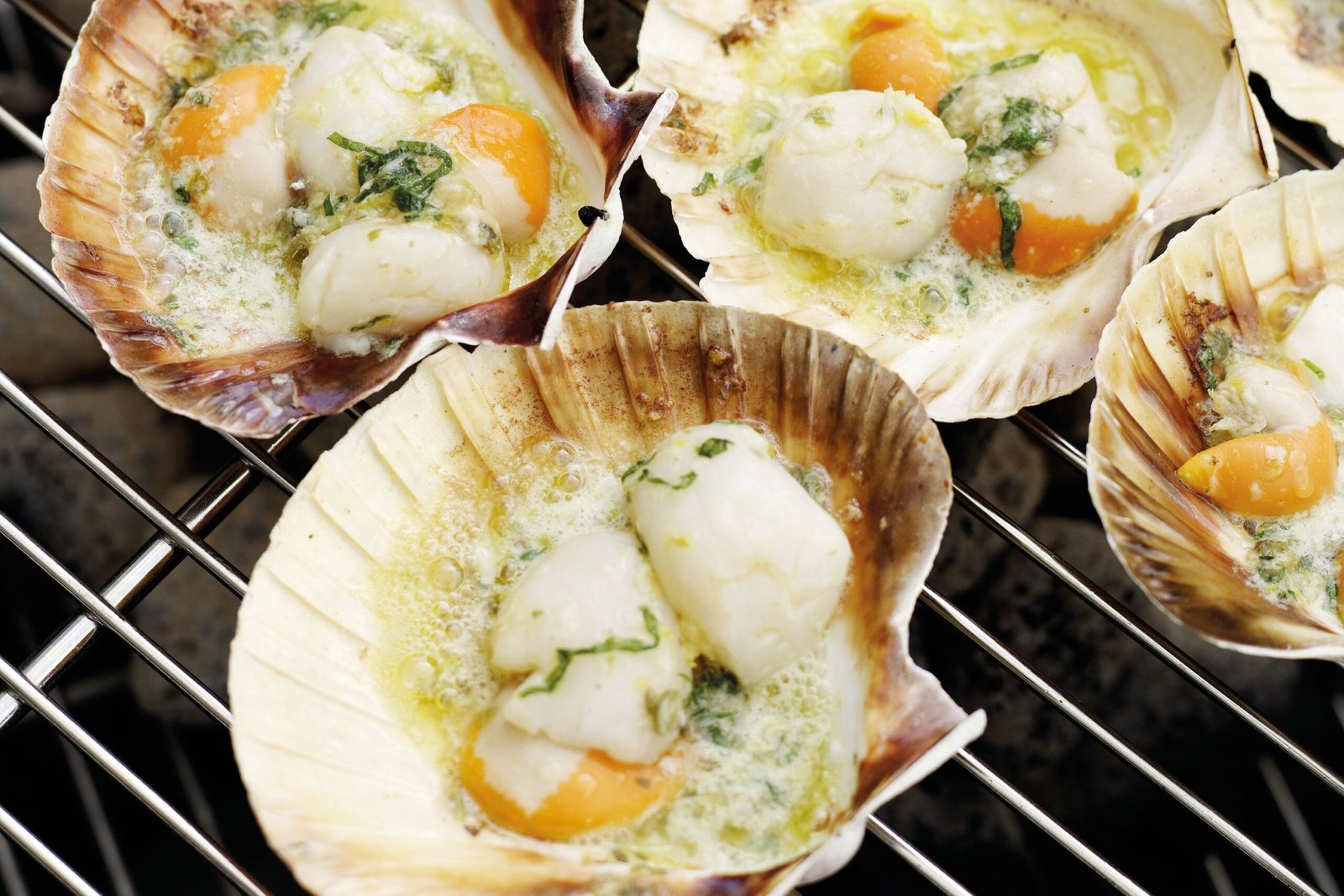Scallops, with their delicate texture and sweet flavor, stand out as a cherished ingredient in many culinary traditions. This comprehensive guide is designed to demystify the process of cooking scallops, ensuring that even novices can achieve restaurant-quality results in their own kitchens. By adhering to a few key principles, anyone can transform this exquisite seafood into a memorable dish.
Selecting the Best Scallops
Before diving into cooking techniques, it’s crucial to start with high-quality scallops. Scallops come in various sizes and types, but for cooking purposes, they are generally categorized into sea scallops and bay scallops. Sea scallops are larger and more suited to searing, while bay scallops are smaller, sweeter, and often used in quick-cooking or no-cook preparations like ceviches.
When purchasing scallops, look for ones that are firm, plump, and have a translucent, creamy white appearance. Avoid scallops that appear dry, are sitting in liquid, or have a strong fishy odor, as these are signs of age or improper handling.
Preparing Scallops for Cooking
Proper preparation is key to achieving the perfect sear and texture. Begin by patting the scallops dry with paper towels. Any excess moisture on the surface of the scallops can prevent them from searing correctly, resulting in a soggy exterior rather than a beautifully caramelized crust.
If your scallops have a small muscle on the side, known as the “side muscle” or “foot,” gently peel it off and discard it. This part can become tough when cooked. Preparing scallops in this way ensures they cook evenly and present beautifully on the plate.
The Art of Searing Scallops
Searing scallops to a perfect golden-brown crust while keeping the interior tender and moist is the holy grail of scallop cooking. The key to a great sear lies in both the pan and the technique.
Firstly, choose the right pan. A heavy-bottomed skillet, preferably cast iron or stainless steel, is ideal for achieving an even, high heat essential for searing. Ensure the pan is hot before adding the scallops, but not smoking, to prevent burning. A medium-high heat setting usually works best.
Secondly, use the right oil. High smoke point oils like avocado or grapeseed oil are excellent choices as they can withstand high temperatures without burning. Add just enough oil to coat the bottom of the pan thinly.
Place the scallops in the pan, ensuring they are not touching each other to prevent steam from forming between them, which can inhibit browning. Cook the scallops for about 1-2 minutes on each side, depending on their size. The scallops should have a golden crust on each side and be opaque throughout. Be careful not to overcook them, as they can become rubbery quickly.
Beyond Searing: Other Methods to Cook Scallops
While searing is a popular method, scallops are versatile and can be prepared in various ways, each bringing out unique aspects of their flavor and texture.
Baking: Baked scallops can be prepared by placing them in a lightly greased baking dish, seasoning as desired, and baking in a preheated oven at 400°F for about 10-12 minutes. This method is excellent for preparing scallops with a breadcrumb topping or in a gratin.
Broiling: Broiling scallops give them a slightly charred exterior while keeping the inside succulent. To broil, place scallops on a greased baking sheet or broiler pan, season, and broil on high for about 2-3 minutes per side, watching closely to prevent burning.
Poaching: Poaching in a flavorful liquid, such as a court bouillon or white wine, can infuse scallops with delicate aromas while cooking them gently. This method is ideal for adding scallops to soups, stews, or pasta dishes.
Pairing and Serving
Scallops have a natural sweetness that pairs beautifully with a variety of flavors. They can stand up to bold ingredients like bacon and chorizo or complement subtle tastes like peas and asparagus. When serving scallops, consider balancing their richness with something acidic, such as a squeeze of lemon or a drizzle of vinaigrette, to brighten the dish.
Serving scallops on a bed of pureed vegetables, such as peas or cauliflower, adds color and a smooth texture contrast. For a heartier meal, pair scallops with pasta, risotto, or a simple salad.
Conclusion
Cooking scallops to perfection is an achievable goal with the right preparation and technique. By selecting quality scallops, preparing them properly, and mastering the sear (or exploring other cooking methods), you can create a dish that delights the senses. Remember to pay attention to the scallops as they cook, as their delicate nature requires a careful balance
Read Also: How to Cancel Kindle Unlimited: A Comprehensive Guide
















































